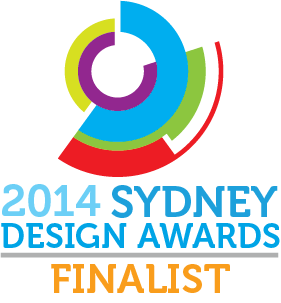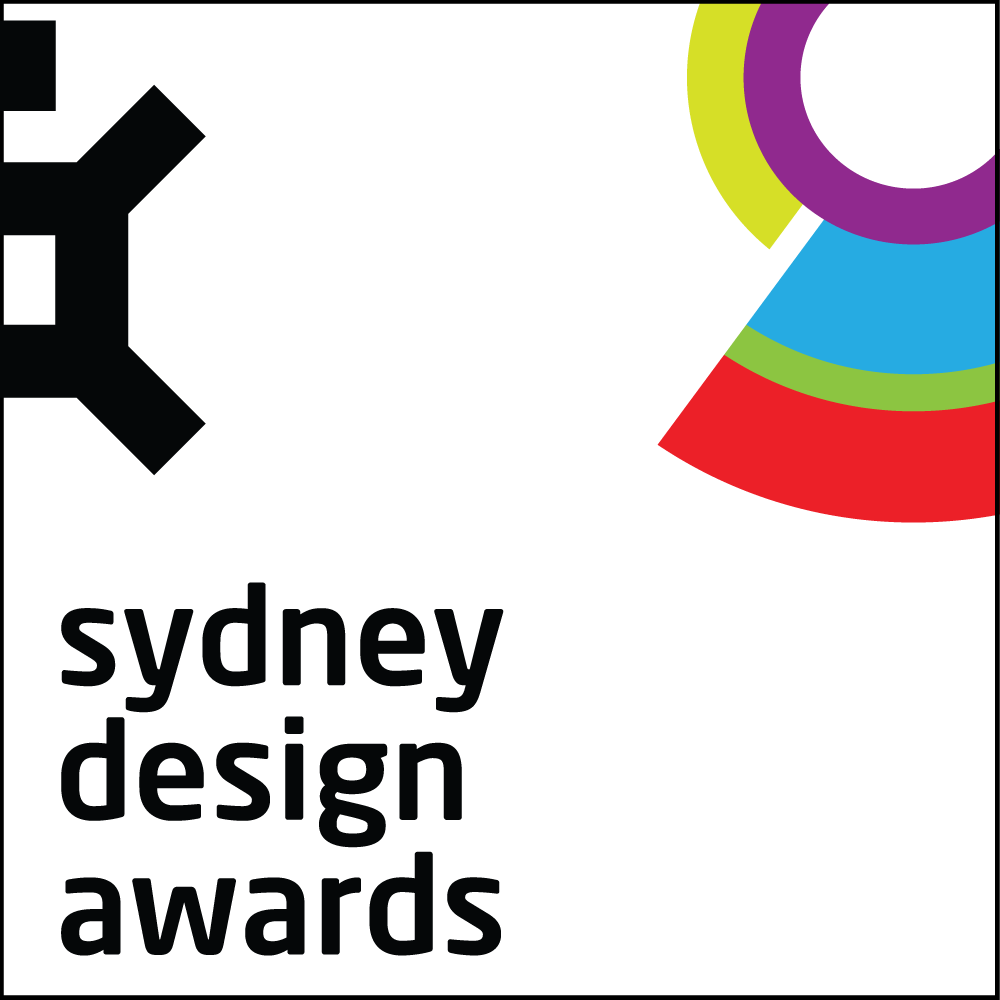



Project Overview
Imagine being able to walk into a government service centre, be greeted by a concierge then register a birth, log a request for a new driving license and renew their national park pass, without having to speak to three different sets of people. Or, call a single phone number which is answered by a real person, 24x7, to deal with any government related enquiry you have, or go to a single website where it is easy to find what you are looking for based on what you need to get done.
All of this is now a reality with Service NSW, brought to you by the NSW government in collaboration with The Customer Experience Company.
Project Commissioner
Project Creator
The Customer Experience Company
Team
Chris Severn - Project lead
Raj Mendes
Colin Smith
Alex Auroux
Jenni Chevassus
Emma Haselden
Justin Santos
Jake Blecher
Grant Westbury
Rahul Kakkar
Rob Vilensky
Adam Smith
Sasha Faulkner
Project Brief
In 2012, the NSW State Government was faced with the lowest customer satisfaction ratings of any state government in Australia. This was the result of a highly fragmented service consisting of multiple separate agencies operating more than 380 government operated shop fronts; 30 government call centres, more than 8,000 information lines and contact phone numbers and more than 900 individual government websites.
Our brief was to re-design the government service experience from a customer-centric perspective, resulting in a convenient, efficient and satisfying experience regardless of which channels the customer chooses to engage with.
Project Innovation/Need
Whilst some governments have unified contact centres, merged departments or converged retail outlets, no other government organisation has managed to create a single customer service department for all of their agencies at once.
Beyond combining multiple services into a single agency, the quality of experience is modelled on best practice from across industries. In the service centres, a concierge greets customers into an environment equipped with intelligent flow management, staff trained and measured according to unique service principles and in-store feedback mechanisms to ensure ongoing quality of service.
When calling the phone line, there is no IVR – instead, a human consultant is available to discuss the customer’s query and if they can’t resolve it on the spot, refer it to a specialist who will own their query through to completion.
The overall impact of this new service is a significant reduction of time and complexity when accessing government services, with a scenario that took up to 12 hours to complete now being able to be achieved in less than 2 hours, dealing with far fewer agencies. This is a saving in cost for the government as well as time and frustration for the individual customer.
Design Challenge
One of the biggest challenges for the public sector is personnel. By creating a ‘Service DNA’ and service principles up-front, we enabled Service NSW to identify, select, train and incentivise the right people to exhibit the right behaviours to deliver the exceptional quality of service.
It was also critical to obtain buy-in from the existing agencies, who could easily assume the initiative as a threat and fail to support it. In the case of Service NSW, fifteen separate agencies were on-boarded over a matter of months. This was achieved through relationship building at the most senior level and finding a “win-win” situation. For example, Service NSW took responsibility for those customer transactions that were difficult or cumbersome from the agency’s perspective, or perhaps not viewed as that agency’s core business, thus creating a partnership approach based on the needs of each agency.
Future Impact
We applied the philosophy and techniques of Design Thinking starting with in-depth ethnographic customer research, mystery shopping and shadowing of customer interactions. Personas and Service Blueprints ensured that design decisions were made from the customers’ perspective and design concepts were tested with customers to validate and refine them.
We used visual scenarios describing desired interactions to communicate the future state experience to stakeholders and front-line staff, allowing us to convey the intent behind customer interactions with far greater fidelity than typical policies and procedures.
Desktop walkthroughs and role-play based Design Theatre were used to refine the design of interactions and systems with front-line staff, and subsequently to support training activities.
The average rating from post-interaction customer feedback is 4.8/5. This demonstrates a strong performance in customer service and great customer experience. Verbatim feedback supports this view, with Service NSW receiving many positive comments describing the unexpected pleasure of dealing with them.
Tags
Service - Government
This award celebrates creative and innovative solution design for the successful delivery and provision of services. Consideration given to system integration, user experience, product design
More Details

